World
The Dual Fronts of the Russo-Ukrainian Conflict: Advances in Kursk and Donbas
Explore the complexities of the Russo-Ukrainian conflict as we delve into the latest developments in Kursk and Donbas. Understand the strategic advances and implications on both fronts in this comprehensive analysis.

The Dual Fronts of the Russo-Ukrainian Conflict
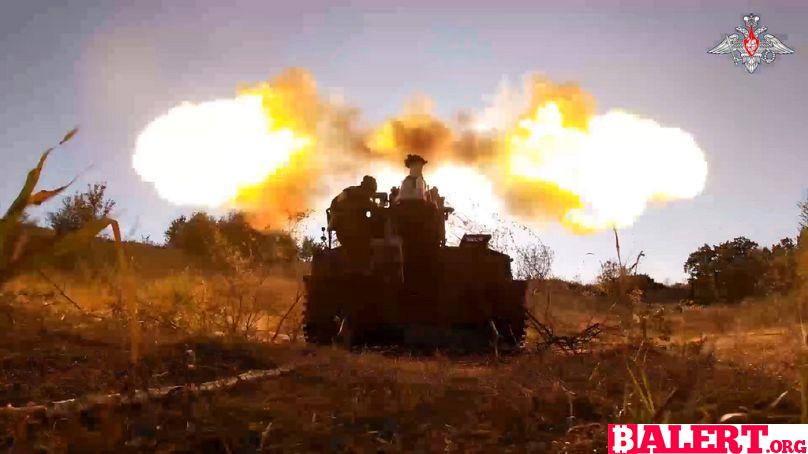
The ongoing conflict between Russia and Ukraine appears to unfold in two parallel dimensions, with both sides claiming military successes in distinct regions. In the western Russian territory of Kursk, Ukrainian forces are steadily advancing, while Russian troops are making headway in the Donbas region, having recently captured the town of Niu-York and are now pushing towards the crucial transport hub of Pokrovsk.
In Kursk, Ukrainian troops are focused on seizing Korenovo. The fall of this city would not only bolster their defenses within Russian territory but also help establish a coherent “buffer zone” designed to protect Kharkiv and other northern cities. This buffer zone, as emphasized by President Volodymyr Zelenskyy, is a primary objective of the Ukrainian incursion and would represent a significant operational triumph for Ukraine.
The differing objectives of both sides have led to contrasting metrics of success. Ukrainian officials are closely monitoring the area of Russian territory under their control, while Russian forces aim to dismantle the fortified defenses the Ukrainians have constructed in the Donbas since 2014. Moreover, both offensives are progressing at different paces: Ukraine’s advance in Kursk is currently outstripping Russia’s efforts in the Donbas. Although Ukraine may face the necessity to withdraw from the southeastern front, it has already inflicted damage on critical transport infrastructures, which could impede Russia’s advance.
Political and Diplomatic Leverage
Ukraine’s unexpected offensive in Kursk has captured global attention, leaving many to ponder its true intentions. Some experts speculate that Kyiv may have timed this operation with the upcoming U.S. elections in mind. According to Joni Askola, a Finnish military analyst from Charles University in Prague, “One of the explanations for this operation by the Ukrainians is to gain leverage because elections in the U.S. are approaching. Many of Ukraine’s partners and allies may begin advocating for negotiations, and Ukraine wants to maintain control over that process to avoid being forced into unfavorable terms.”
By capturing territory within Russia, Ukraine seeks to retain influence over the negotiation process, making it less likely that they will be cornered into negotiations that do not align with their interests. As the U.S. presidential election nears, its outcome will significantly impact the Western response to Russia’s aggression against Ukraine.
In the event that Western allies exert pressure for negotiations, having a strategic advantage would provide Ukraine with a strong bargaining chip. Another objective of the Kursk incursion is to divert Russian military resources away from the southeastern front. However, analysts have noted that Moscow has not substantially reduced its military presence in the Donbas, and Kyiv has had to order civilian evacuations in Pokrovsk, which appears to be Russia’s next target.
Raising the Stakes?
Given its relative success in Kursk, Ukraine might be tempted to escalate its efforts by opening a new front in the south, particularly by the sea. Ukraine’s special forces have demonstrated proficiency in maritime operations, causing significant damage to the Russian naval fleet and coastal facilities, especially in Crimea. Additionally, Ukraine’s allies have strengthened its amphibious capabilities, with countries like Sweden and Finland supplying weaponry and speedboats.
However, opening a front in Crimea could be logistically complicated, requiring considerable manpower, pontoons, and other costly materials. Askola points out, “Crossing the Dnipro River in the Kherson area could also be an option, but it would demand substantial resources.” Regardless of its future tactical moves, Ukraine has already established control over Russian territory, marking the first significant violation of Russian soil by a foreign army since 1941. This act could leave a lasting impression on both Ukraine’s allies and the Russian populace, even if Kyiv is eventually compelled to retreat.
President Zelenskyy has asserted that the incursion into Kursk demonstrates that the Kremlin’s alleged red lines for retaliation are mere bluffs. He noted that Ukraine would not have needed to invade Russian territory if its allies had not restricted them from using their weaponry to strike Russian targets from a distance.
Experts suggest that Ukraine likely utilized Western-supplied guided bombs, dropped by Soviet-made aircraft, to destroy critical infrastructure such as the Seym bridges in Kursk. Askola speculates, “While it is improbable that the recently delivered F-16s were employed directly against the bridges, they may have been utilized to protect the operations of MiG-29s and Sukhoi-27s from Russian interceptors.”
Moreover, Ukraine’s offensive has reportedly been bolstered by the Free Russia Legion, a paramilitary unit comprised of Russian citizens opposing President Vladimir Putin’s regime and its ongoing invasion of Ukraine.
As military operations like the Kursk incursion unfold, they expose the challenges facing the Russian regime. According to Askola, “These events, along with last year’s coup attempt by Prigozhin, illustrate the difficulty Russia has in maintaining control, revealing that Putin’s regime is not as stable as it tries to project to the world and its own population.”
Thus far, the Kremlin has been gradually ramping up defenses against Ukraine’s incursions, but significant retaliatory actions have yet to materialize. Nevertheless, many analysts caution against underestimating the potential for a renewed and stronger Russian response, which could involve another round of military mobilization.
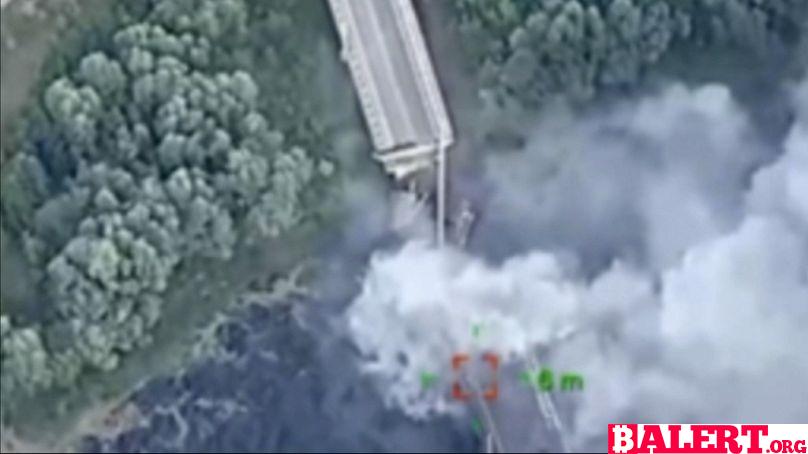
Askola concludes, “Russia could mobilize up to 300,000 additional troops, which would undoubtedly have a significant impact. In the short term, this would pose serious challenges for Ukraine, but in the long term, it could accelerate Putin’s potential downfall in Russia.”
World
Dominique Pelicot Testifies in Harrowing Rape Trial
Join us as Dominique Pelicot courageously testifies in a harrowing rape trial, shedding light on the complexities of trauma and justice. Her powerful story raises crucial questions about the legal system and the importance of support for survivors.
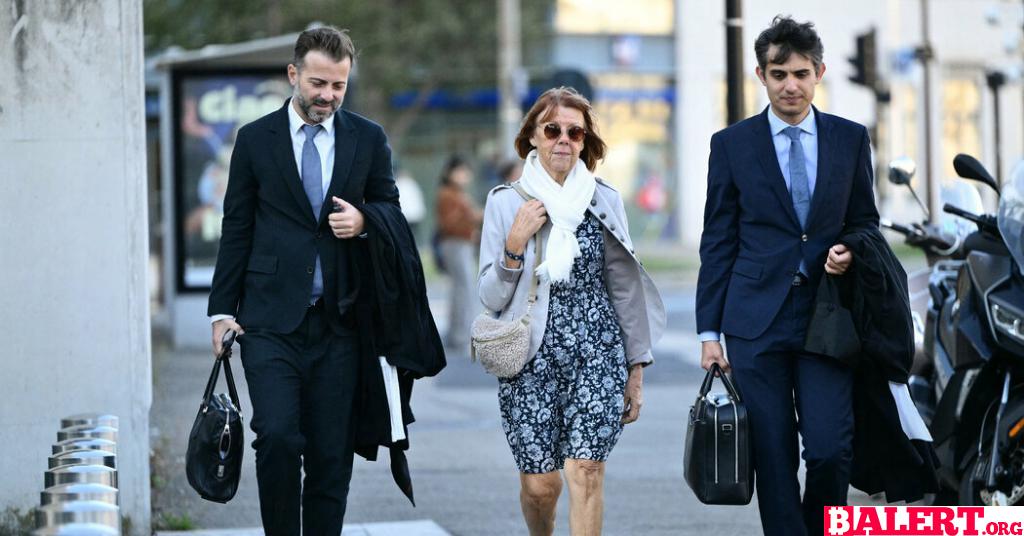
Dominique Pelicot Takes the Stand in Shocking Rape Trial
In a courtroom drama that has captivated France and garnered international attention, Dominique Pelicot, the man at the center of a harrowing rape trial, finally addressed the court. With tears streaming down his face, he recounted how his wife had been instrumental in helping him cope with a tumultuous past marked by trauma. He revealed that he had endured a sexual assault at the tender age of nine while hospitalized, and he also witnessed a gang rape during his teenage years while working as an apprentice electrician on a construction site.
“She didn’t deserve this, I acknowledge that,” Mr. Pelicot stated, his voice barely audible as he struggled to convey his emotions. The gravity of the situation weighed heavily on him, and the courtroom fell silent, straining to catch his every word.
Now 71 years old, Mr. Pelicot faces serious allegations of drugging his wife, Gisèle Pelicot, whom he has been married to for half a century, over a span of nearly ten years. Prosecutors contend that he used drugs to render her comatose, allowing him to rape her repeatedly. Furthermore, authorities allege that he went so far as to invite numerous men into their home, facilitating a nightmarish scenario where they, too, engaged in the assault of his wife.
Overall, 51 men, including Mr. Pelicot, are on trial concurrently, primarily facing charges related to the aggravated rape of Ms. Pelicot. Among them, one individual has already pleaded guilty to similar crimes, admitting to drugging his own wife to assault her and inviting Mr. Pelicot to partake in the horrific act while she was incapacitated.
Mr. Pelicot’s unexpected testimony came after a tumultuous start to the trial. Just a week in, he was stricken with severe health issues that forced him to miss four consecutive days in court. The head judge ultimately decided to postpone proceedings, as Mr. Pelicot was diagnosed with kidney stones, a kidney infection, and prostate complications, adding yet another layer of complexity to this already harrowing case.
World
Meta Bans Russian State Media Outlets from Social Media Platforms
Explore the implications of Meta’s decision to ban Russian state media outlets from its social media platforms. Understand the impact on information dissemination and the ongoing battle against misinformation in the digital landscape.

Meta Imposes Global Ban on Russian State Media Outlets
In a significant move, Meta Platforms, Inc., the parent company of Facebook, has announced the prohibition of Russian state media outlets, including RT (Russia Today) and Rossiya Segodnya, from all its social media platforms. The decision stems from the company’s concerns regarding the deceptive strategies employed by these media organizations to execute covert influence operations across the internet.
Meta made this announcement on Monday, emphasizing that the ban will be enforced worldwide across its various platforms, such as Instagram, WhatsApp, and Threads. The rollout of this ban is expected to take place over the coming days.
Statement from Meta
A spokesperson for Meta elaborated on the decision, stating, “After careful consideration, we have expanded our ongoing enforcement actions against Russian state media outlets. As a result, Rossiya Segodnya, RT, and other affiliated entities are now banned from our applications globally due to their involvement in foreign interference activities.”
For further insights into this development, watch the video in the player above.
World
Trump Recalls Alleged Assassination Attempt While Golfing
Explore Donald Trump’s chilling recollection of an alleged assassination attempt he experienced while enjoying a round of golf. Delve into the tense moments and his reflections on safety, fame, and the unpredictability of public life.
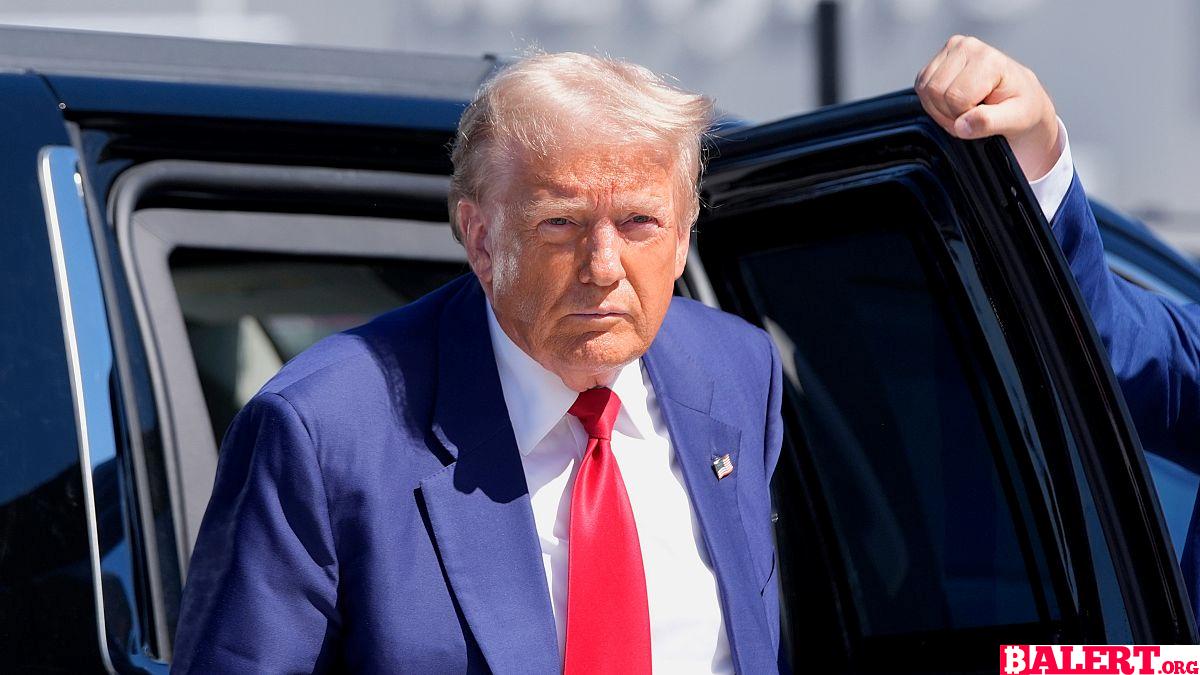
In a recent interview on the social media platform X, Republican presidential nominee Donald Trump recounted a harrowing incident he claims to have experienced while playing golf. Trump described how, during a peaceful Sunday morning round with friends, the tranquility of the day was abruptly shattered by the sound of gunfire in the air.
“It was a beautiful day, everything was just perfect,” Trump reflected. “Then all of a sudden, we heard shots being fired—probably around four or five in total.” He went on to explain that a Secret Service agent was the first to spot the suspect, who was allegedly armed with an AK-47, a powerful assault rifle.
“The agent saw the barrel of the weapon and immediately took action, returning fire at the barrel and aiming in the direction of the bushes,” Trump detailed. “I would have loved to have sunk that last putt, but we decided it was best to leave the scene promptly.”
Trump expressed his gratitude towards the agents and a vigilant civilian who aided in tracking down the suspect, who was eventually apprehended following a high-speed chase.
Suspect Faces Multiple Federal Gun Charges
The FBI has identified the suspect as Ryan Wesley Routh, accusing him of targeting Trump during his time at the golf club in West Palm Beach, Florida. According to an FBI report, Routh had allegedly hidden among the hedges of the golf course for an astonishing 12 hours. Authorities discovered an SKS-style assault rifle, a GoPro camera, and a bag of food at the scene.
The 58-year-old Routh is now facing two serious federal gun charges. If convicted on both counts, he could face a combined maximum sentence of 20 years in prison. Notably, neither of the charges is directly related to an assassination attempt. The first charge pertains to possessing a firearm despite a prior felony conviction, which carries a potential 15-year sentence, a fine of $250,000 (€225,000), and three years of supervised release.
The second charge involves possession of a firearm with an obliterated serial number, which could result in a five-year prison term, the same financial penalties, and also three years of supervised release. As the investigation continues, additional charges could be forthcoming.
While the motive behind Routh’s actions remains unclear, his digital footprint reveals strong political affiliations, particularly concerning issues surrounding Ukraine and China. Routh consistently expressed support for Ukraine across various social media platforms, even claiming to have orchestrated a recruitment scheme for international volunteers aiming to assist Ukraine in its fight against Russia’s invasion. This behavior has been denounced by Ukrainian soldiers and members of the International Legion, who disavowed Routh’s actions and motives.
-
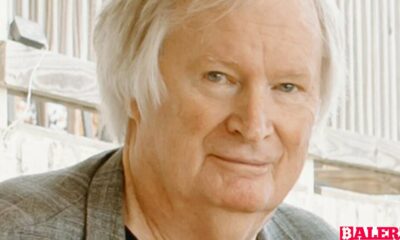
 Business4 months ago
Business4 months agoObituary: Dan Collins
-

 Business3 months ago
Business3 months agoThe Significance of Jackson Hole: A Central Banking Tradition
-

 Gaming5 months ago
Gaming5 months agoMore than a thousand students vowed not to work for Amazon and Google due to the Nimbus Project.
-
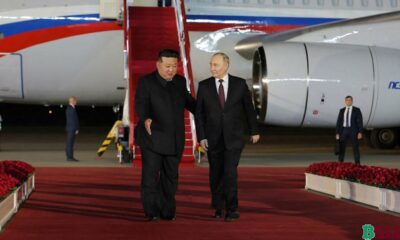
 World5 months ago
World5 months agoRussia and North Korea Strengthen Defense Ties
-

 Business5 months ago
Business5 months agoJump Crypto Invests $10 Million in Pro-Crypto PAC
-

 Tech2 months ago
Tech2 months agoNew Leaks and Features About the Samsung Galaxy S25 Ultra
-

 Article5 months ago
Article5 months agoCreative Design Applications Developed with Artificial Intelligence
-

 Gaming5 months ago
Gaming5 months agoThe Inspirational Success Story of Avon’s Founder Who Sold Books Door to Door














